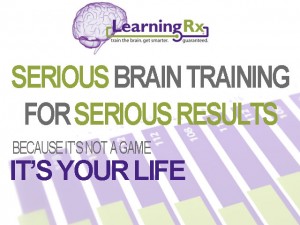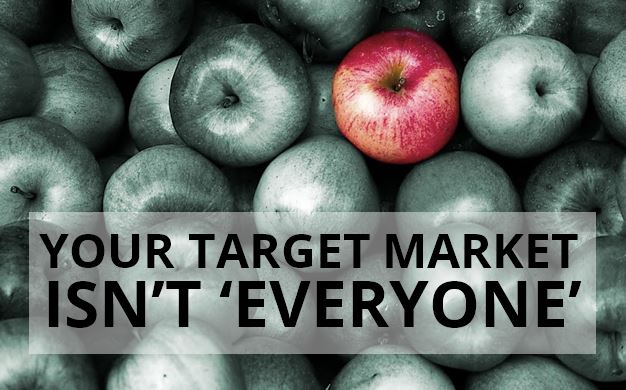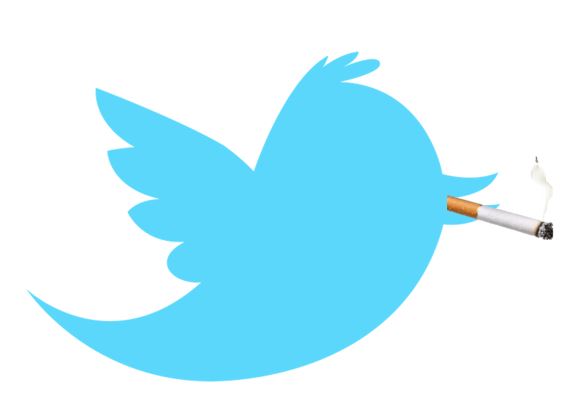You know you need some marketing. But where do you start?
For small-but-fast-growing companies in the B2B space – which is mostly where I work these days – marketing is often a leap of faith. You know you need some kind of marketing, because you have to ‘get the word out there’ and your website looks like it was designed in 1992. But how can you prevent that smooth-talking marketing consultant from leaving you with a dysfunctional (but so sexy!) website, empty pockets, and zero incremental revenue?
Well, despite what the Big Data guys will tell you, it’s always going to be tough to draw a straight line from $1 spent on marketing to $1 earned in sales.
But the best way to get the most out of your marketing investment – and avoid costly marketing mistakes – is to know as much as you can about your business and where you want it to go in the next couple of years. Saying “We want to sell more stuff!” and then hoping for a marketing strategy that will magically make that happen won’t work.
Here are the 11 questions you should ask before you spend any money on marketing.
The 11 answers you need if you expect your marketing to work
1. What are your top 3 business goals for the next 12 months?
All marketing initiatives need to be tied to specific business goals – with specific revenue numbers. There’s no point in increasing retail sales if what you really need is to increase sales via sales brokers. Answering this question will also help you arrive at a realistic marketing budget.
2. Where do you see the business in 3-5 years?
While the answers to #1 should be highly specific (“Increase revenue on X product by X%”), the answers to this should be more ‘visioning’, like “We’d like to be the leading provider of X in X area”). However, it’s important to keep this realistic: If you’re currently the #10 player in a saturated market, know that 3 years probably isn’t long enough to get to the #1 spot.
3. What are your top 3 most pressing business issues?
Are you suffering from a lack of awareness? Not being considered in the competitive solution set? Not being able to communicate with customers? Operational delays? Confused employees? Marketing and communications can help with all of these – and sometimes it’s more effective to spend marketing dollars training and educating employees than to build a fancier website.
4. Which of your products/services is currently making you the most money right now?
The product/service with the best margin may be the best place to start spending marketing dollars, because you’ll get more bang for your buck. Once you’ve tested the market, you can invest in other products/services.
5. What are your top 3 barriers to sale/sales objections right now?
Are your salespeople having trouble getting meetings? Are they having trouble closing them? Are potential clients having a hard time finding you, or are they worried about your credibility in the marketplace? Do you have a great sales team but a confusing message? Before you start undertaking television advertising, it might be best to focus on sales materials or a more coherent brand identity.
6. What are your 3 most lucrative target markets?
Small businesses always want to sell to ‘everyone’, but a limited marketing budget just won’t let you reach 22-year-old urban dwellers and 60-year-old senior executives. Identify the 3 target groups that buy the most, and sell to them first.
7. Do you have a ‘brand story’?
Do you know what you sell, why it’s different or better, and how it will make the lives of your customers and clients better? In my experience, most small-but-growing businesses do have a compelling story – they wouldn’t have made it this far if they didn’t – but it’s not being clearly and consistently articulated. Sometimes this is where an outside marketing consultant can help the most.
8. What are your current communications assets (website, infosheets, social media, etc.)?
‘Marketing’ really includes everything that your business uses to communicate with stakeholders: This includes the big stuff like the website or online advertising, but it also includes stuff like infosheets and promo items, RFP templates and graphics, conference materials and even reports and email footers – all of these things have a role to play in building your brand and communicating who you are to clients, employees and other stakeholders, and they all count as part of your overall marketing mix.
9. What are your customers/employees/other stakeholders saying about the way you’re communicating with them right now?
Employees who are on the front lines, talking to your customers and each other every day, probably have a more accurate picture of your customers than you realize. Ask them what they’re hearing – and don’t dismiss the answers.
10. What does business success look like?
Business success can be reducing the sales cycle, attracting investors, recruiting better talent – there are plenty of factors that contribute to the bottom line that go beyond “sell more stuff”.
11. What does marketing success look like?
Marketing can’t be successful if you don’t know exactly what you want it to do for you – and again, “sell more stuff” isn’t specific enough. Do you want reduced customer acquisition spend, increased customer retention, more brand awareness, more cross-selling opportunities…? Marketing can help you with all of these, but only if you know what you want when you start.
Write it down.
I know you think you have better things to do. But I promise, if you take a couple of hours to codify (i.e. articulate, then write down) the answers to these 11 questions, your marketing efforts will be exponentially more successful than if you don’t.









